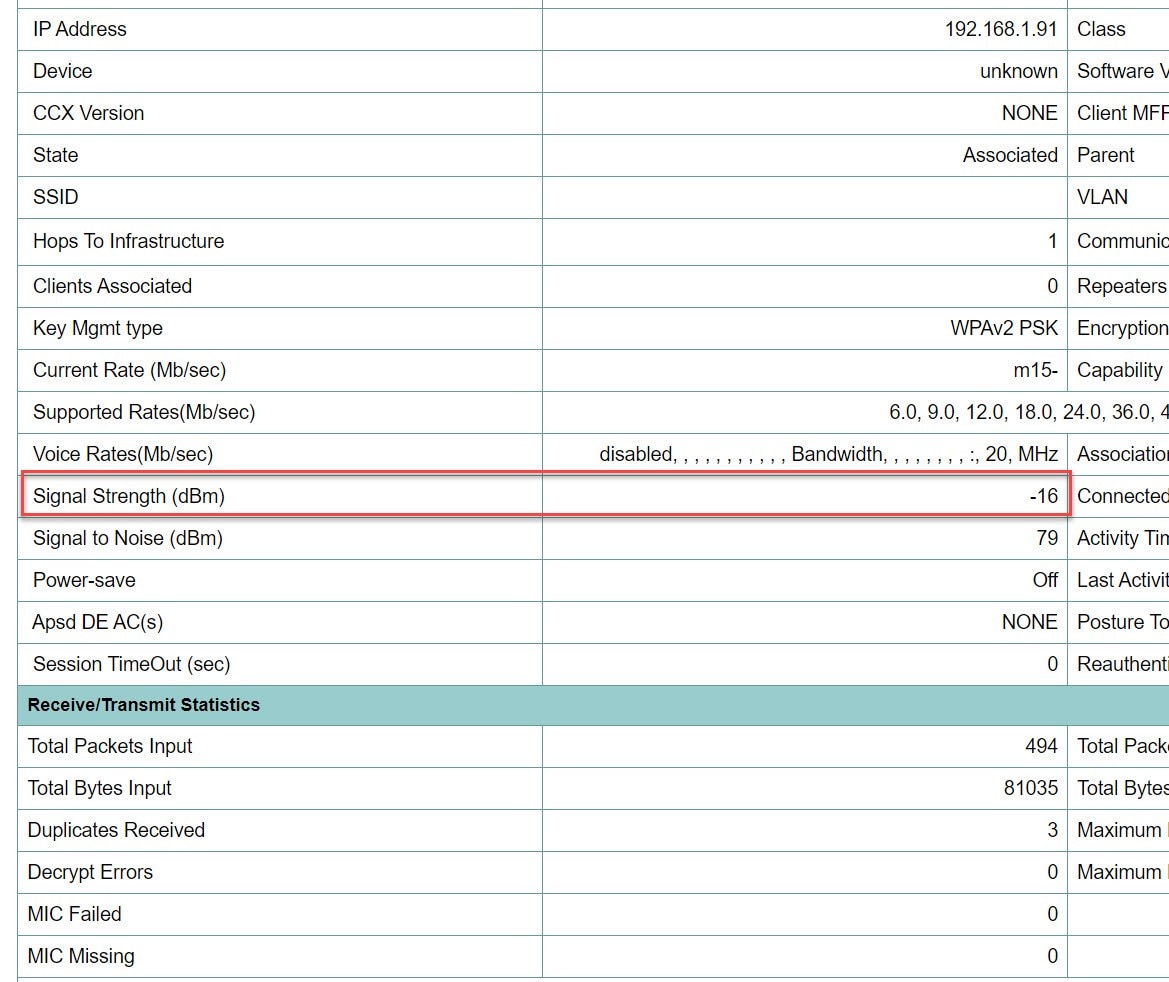Can someone explain why no matter how close I place my two Lora evaluation modules next to one another (or my phone to my wifi hub) I never achieve a signal strength higher than -20dBm?
Is there some form of AGC in the receivers that prevents the input from exceeding -20dBm input, or do the TX/RX combinations communicate with each other to throttle back the TX power?
I have been bemused by this when fiddling with wifi in the past, but now I find that Lora is exhibiting the same behaviour despite the specified TX power being much greater and the antennas almost touching one another..
Clearly I am missing something?
Can someone point me to the idiot's guide as to why this is occurring please?
Thanks
Dave

